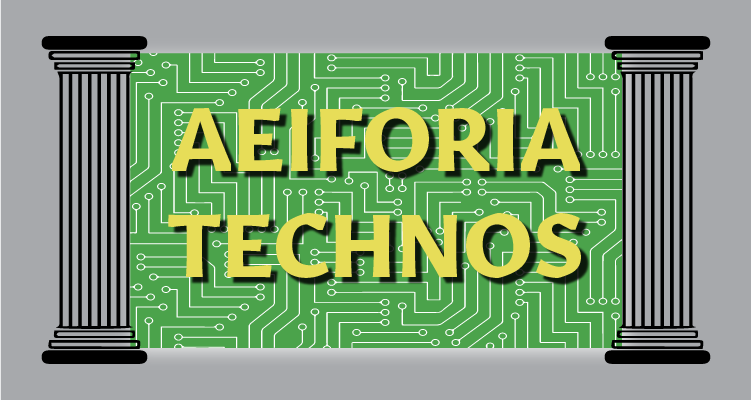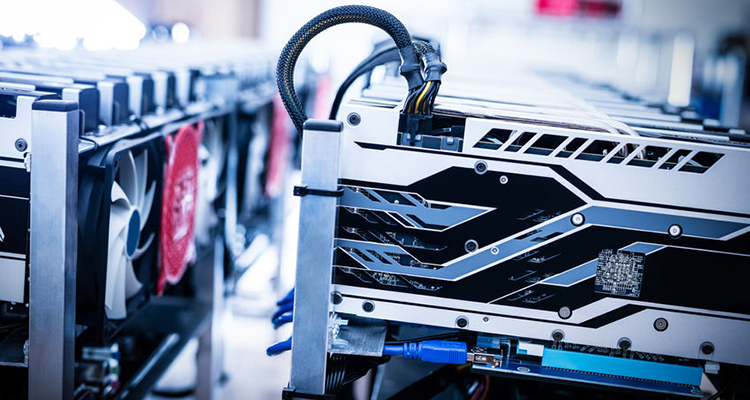A Better Second Life
 For all the benefits of the latest technology, what happens when gear is no longer needed, breaks, or its usefulness has been outpaced by the latest model has been a subject of much consternation. I have written several columns here about planned obsolescence, e-waste and e-recycling but a recent event has brought to light another often-forgotten aspect of unwanted technology — the software side.
For all the benefits of the latest technology, what happens when gear is no longer needed, breaks, or its usefulness has been outpaced by the latest model has been a subject of much consternation. I have written several columns here about planned obsolescence, e-waste and e-recycling but a recent event has brought to light another often-forgotten aspect of unwanted technology — the software side.
Recently entrepreneur Eric Lundgren’s electronics recycling business, IT Asset Partners, ran afoul of the law by providing copies of Microsoft’s outdated operating systems along with rebuilt computers and devices made from e-waste. His California-based company has provided quite a lot of benefit to the environment by keeping more than 41 million pounds of e-waste out of the landfill including products by some big manufacturers such as Motorola, IBM, Sprint, Samsung and others. His company not only carefully disassembles these devices but recombines them into hybrid electronic products, including building an electric vehicle that out performed a Tesla.
This is all potentially good news for these and other manufacturers who are looking to keep their product labels from showing up in third world countries being held over burn pits by eight-year-olds to smelt the precious metals out for meager earnings. The quandary is in the software needed to make these devices functional. Lundgren’s transgression of making copies of over 28,000 discs with old versions of Window’s OS on them got him convicted of conspiracy and copyright infringement. The big difference here is that while the label of an electronics hardware manufacturer may be clearly visible in these burn pits, the software falls into the background as a shadow.
Manufacturers of the hardware know they have a problem with optics with their product’s “second life” where many have faced significant lawsuits over planned obsolescence particularly around devices that still have useful value to them such as computers or cell phones but they wind up in landfills or shady third-world recycling camps.
Unfortunately, most of these devices don’t retain their software restore-discs or the manufacturer has not provided the software to allow these devices to function through other means. And companies such as Microsoft are not eager to sell you or a refurbisher copies as they would prefer you just buy a new device.
A good example of this is in my own basement when several old laptops and PCs languish because of hardware failures but still contain information in the hard drives that I just can’t part with. (Let the chastizing begin.) These devices could still function well in the second-life market with most likely minor repairs but may require that an older version of the operating system be installed. Since the restore-disks (some of which are 3.5” floppys, and one 5-1/4” floppy and yes, I still have a Zip Drive) just don’t exist any more or have become corrupted, these devices sit as a museum exhibit in the basement waiting for the day when I take them to a responsible e-cycle facility.
Lundgren’s conviction, which carries a 15-year sentence and stiff fine, has had a stay by a federal court while further pleading can be had. What is particularly disheartening is the life-long good that he and his company has done to recycle and repurpose electronics for major companies and to the benefit of the less fortunate in the U.S. and abroad.
Where the industry has failed is in finding ways to negotiate this in a less contentious and litigious way that benefits everyone involved. This can start with the hardware manufacturers developing products that are driven by easily replaceable components to repair broken parts or upgrade systems. Additionally, outside of physical damage, these manufacturers could partner with companies like IT Asset Partners, to be the intake and repurposer of this technology for a second-life reducing a significant stream of e-waste into the landfill system in a profitable way that doesn’t require kids, burn-pits, and environmentally disastrous methods of extraction. The other half of the equation would be partnerships with software companies and developers who could provide a better second-life service to these e-cyclers to help facilitate the process without the legal battles.
A strong argument for this is manufacturers of hardware and software developers could capture a positive image and extend their brand recognition and loyalty by understanding the second-life market possibilities of their products. This could potentially increase their perceived value to customers who reliably and historically have rewarded manufacturers of other goods by their willingness to pay a premium on products that have a better resale value. The automobile industry is a shining example of this. The perception of buying a Honda or Toyota is that not only will you buy a dependable car but you will get more of your dollars back in resale of that vehicle when you are done with it. The used car market then reaps the benefits of having inventory that is perceived as a good value used based on their perception of value placed on the new product.
If a buyer knows that the electronics equipment they purchase has a higher resale value at the end of that buyer’s use, then the value to that buyer increases. This works only if the sum of the parts follows the whole. Software companies must find a way to add to that value and law suits are not the answer.



